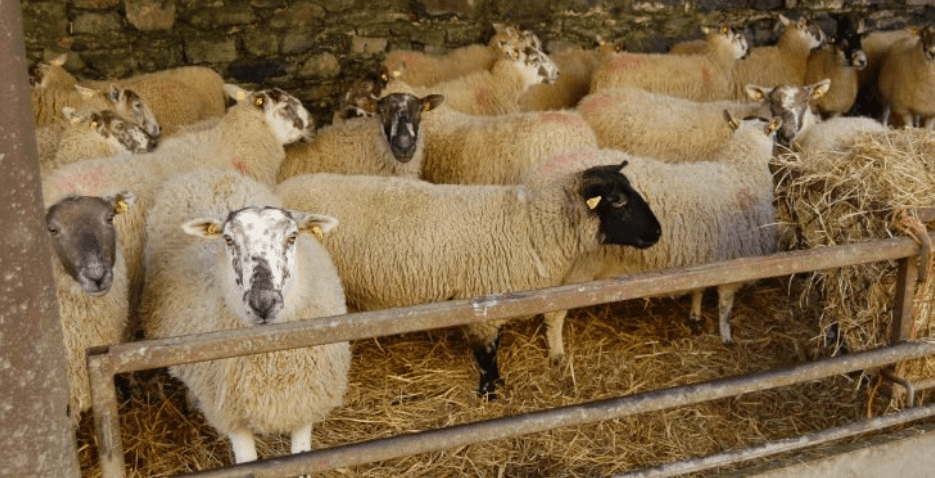When harvested at the correct growth stage, grass silage can be a low-cost, high-quality feed for pregnant ewes.
In order to achieve optimum ewe performance during late pregnancy, the dry matter digestibility (DMD) of the silage in the diet is one of the most important quality factors to consider.
Over or underestimating silage feeding value – due to a lack of test results – can not only have an effect on ewe performance, but also cost you a significant amount of money.
Concentrate requirements
Silage quality will have a significant effect on the quantity of concentrates required by a ewe – during late pregnancy – in order to meet her requirements for optimal performance.
According to Teagasc research, a twin-bearing ewe offered unchopped baled silage of 72% DMD will require approximately 24kg of concentrate during late pregnancy.
In contrast, a twin-bearing ewe offered unchopped baled silage of 64% DMD will require approximately 35kg of concentrates during late pregnancy.
Naturally, the concentrate requirement for single and triple bearing ewes will be lower and greater than twin-bearing ewes regardless of silage quality.
According to Teagasc, a single and triplet bearing ewe offered unchopped baled silage of 72% DMD will require approximately 19kg and 32kg, respectively, of concentrate during late pregnancy
Silage chop length
Chop length has a major impact on the intake of silage by sheep. On average, almost half of the sheep farms in Ireland make baled silage.
Research from Teagasc showed that ewes offered silage – during late pregnancy – that was precision chopped, produced lambs that were 1.8kg heavier at weaning than lambs from ewes that were offered unchopped silage from bales.
In addition, offering 72% DMD precision chopped silage to a twin bearing ewe in late pregnancy reduced the concentrate requirements by 7kg.
This is due to the increased intake potential of the precision chopped silage compared to unchopped.

